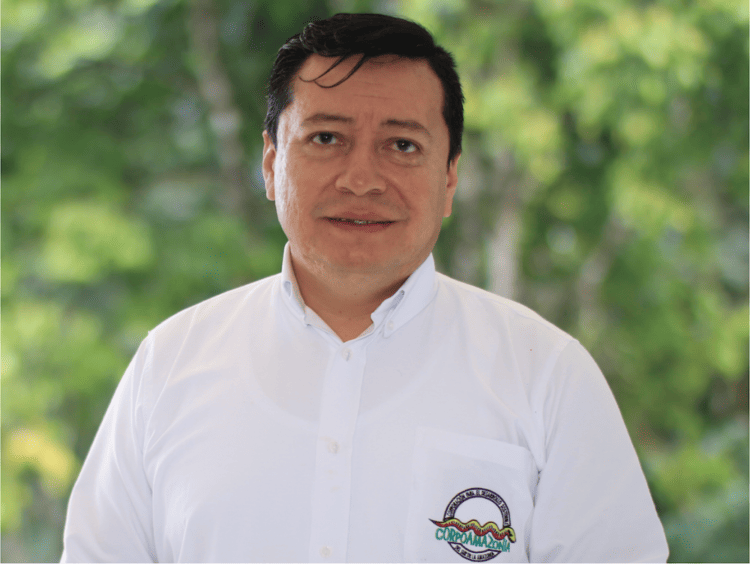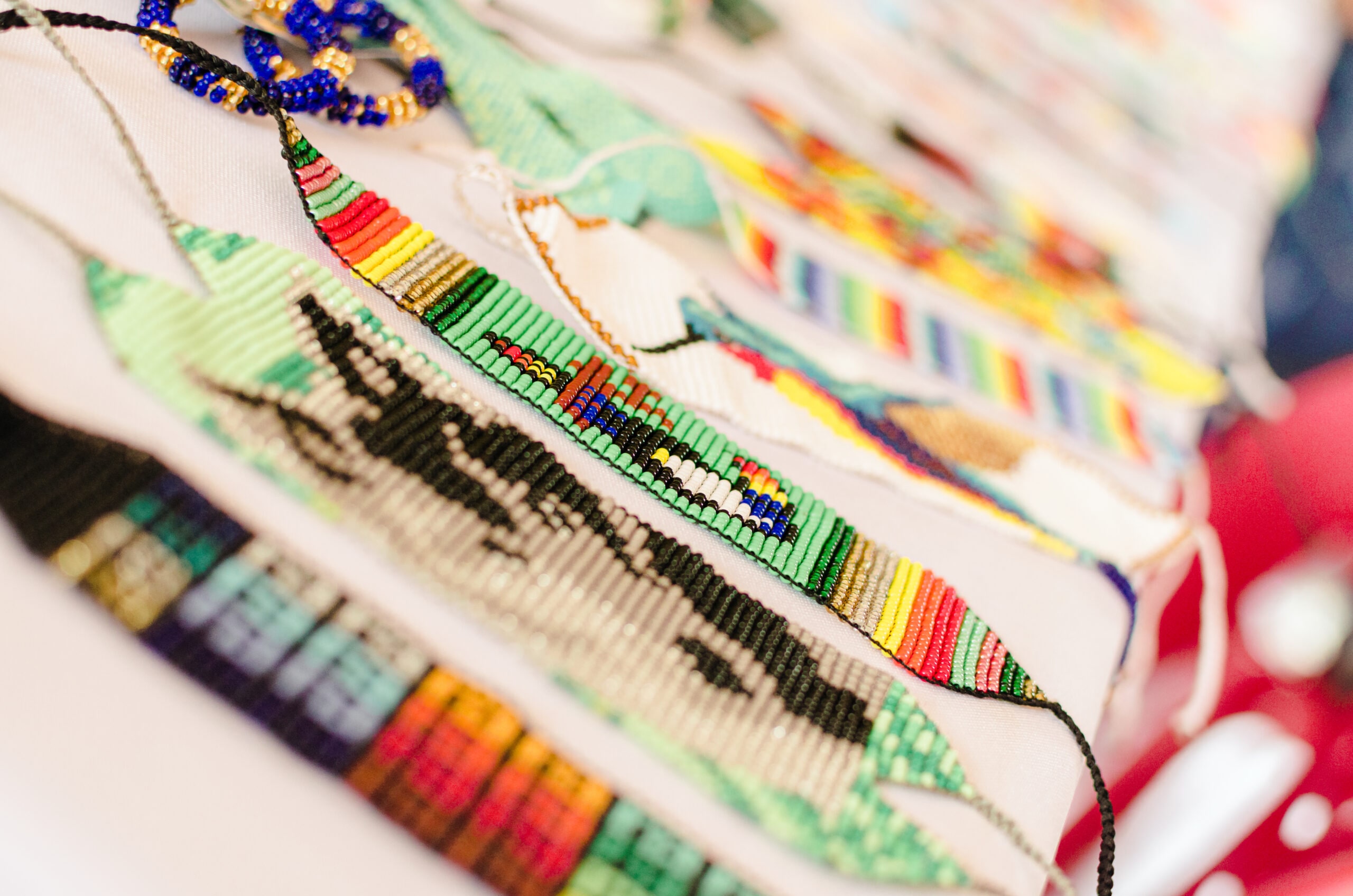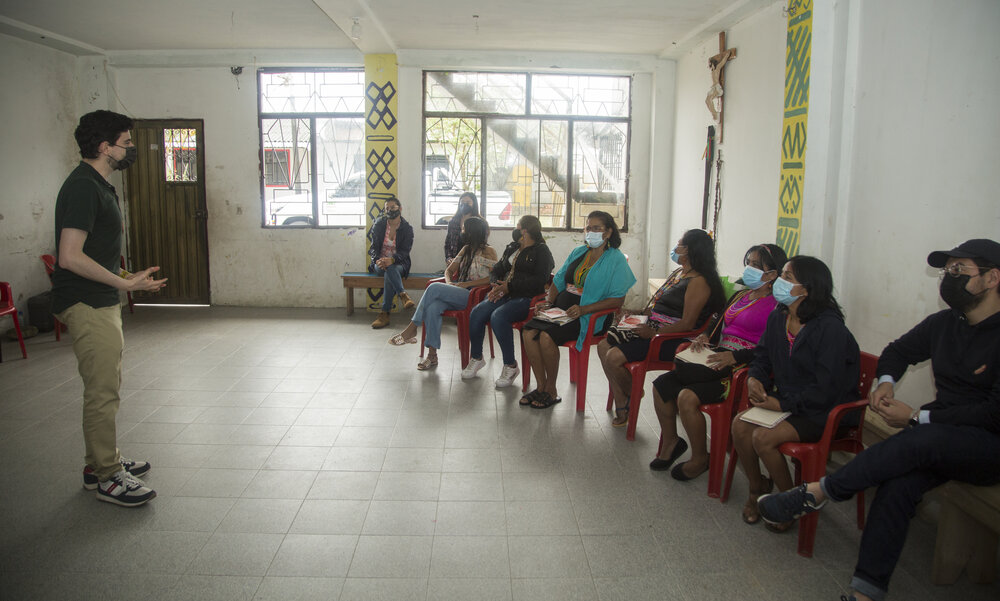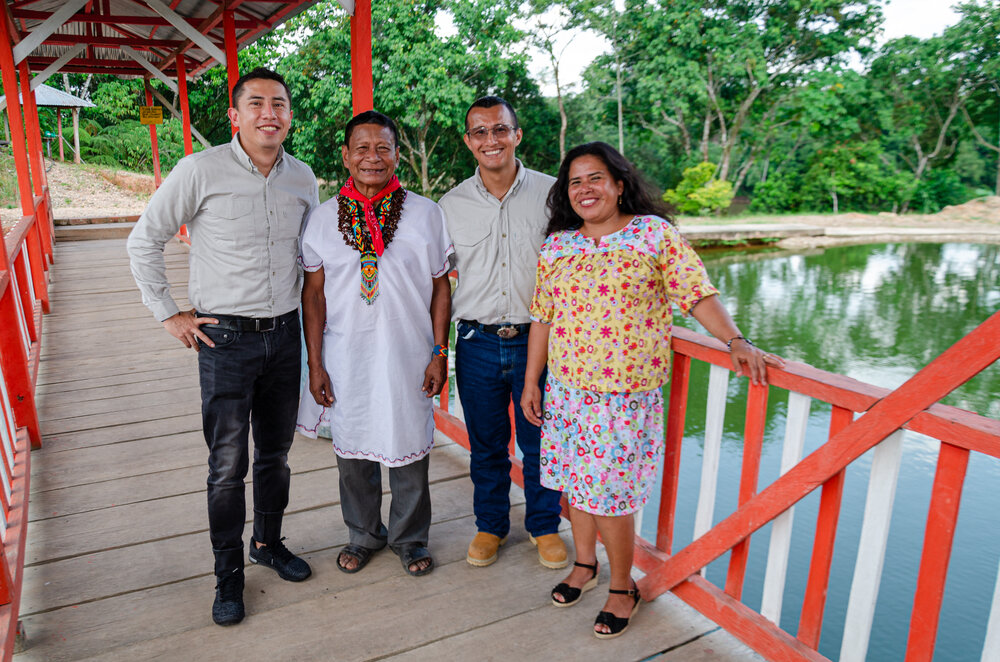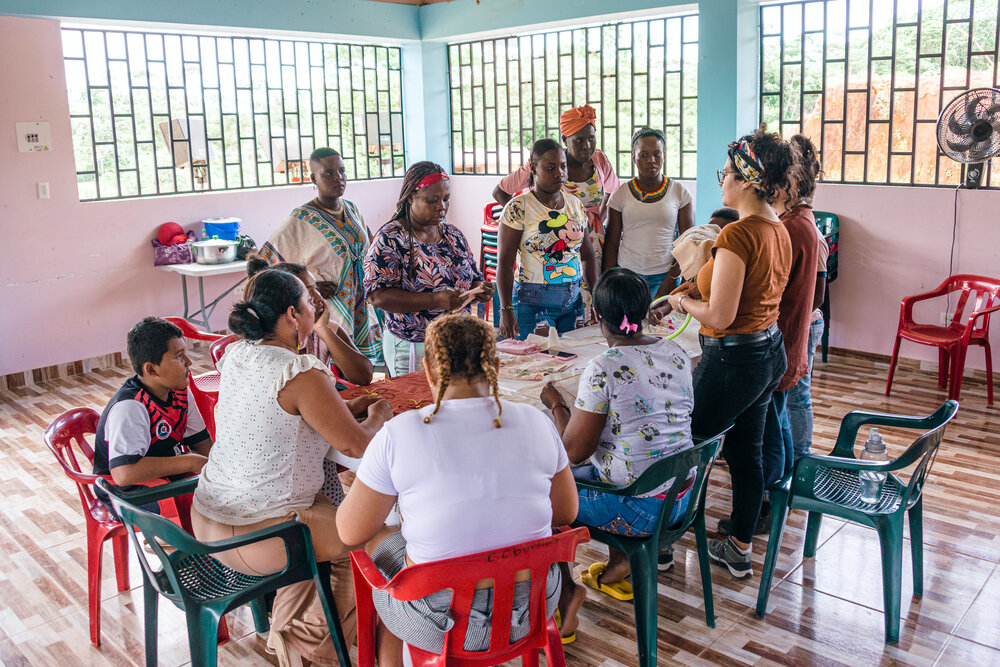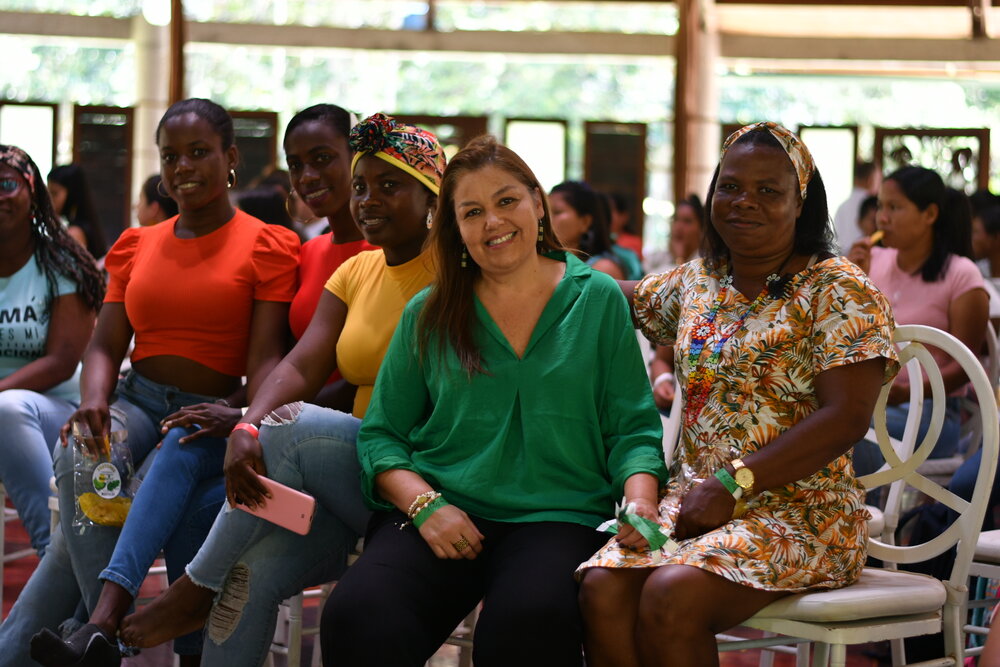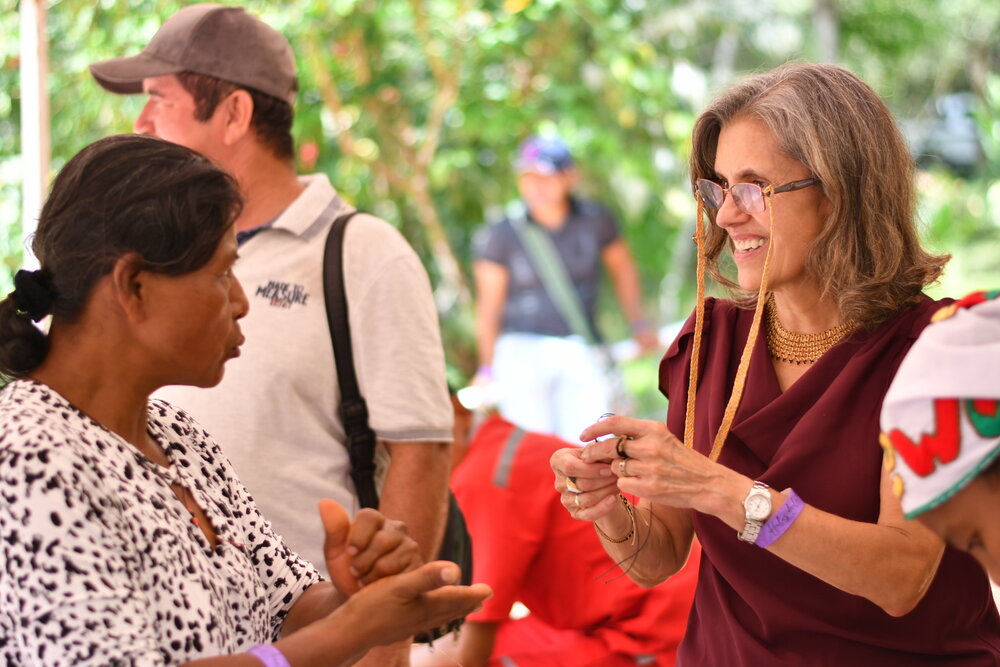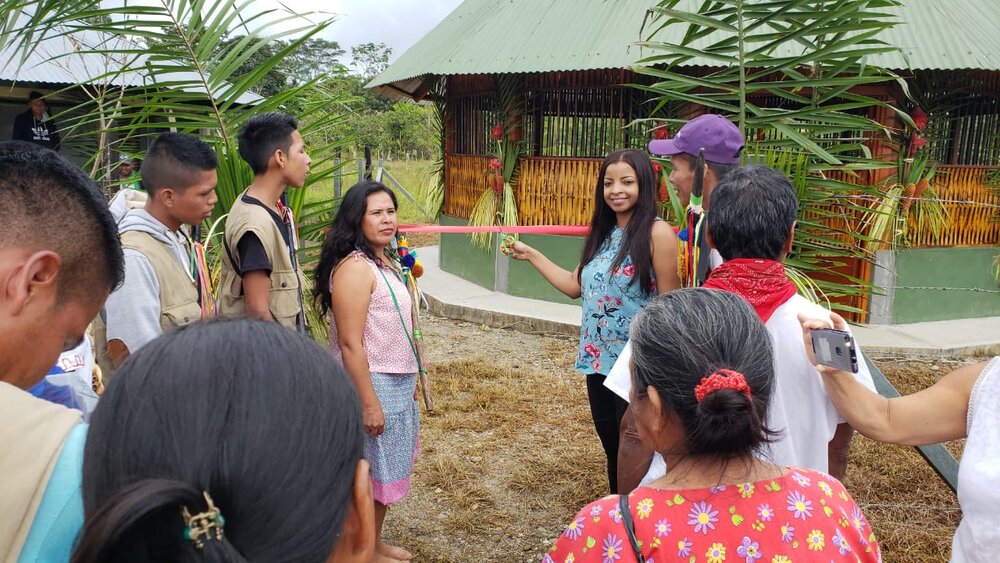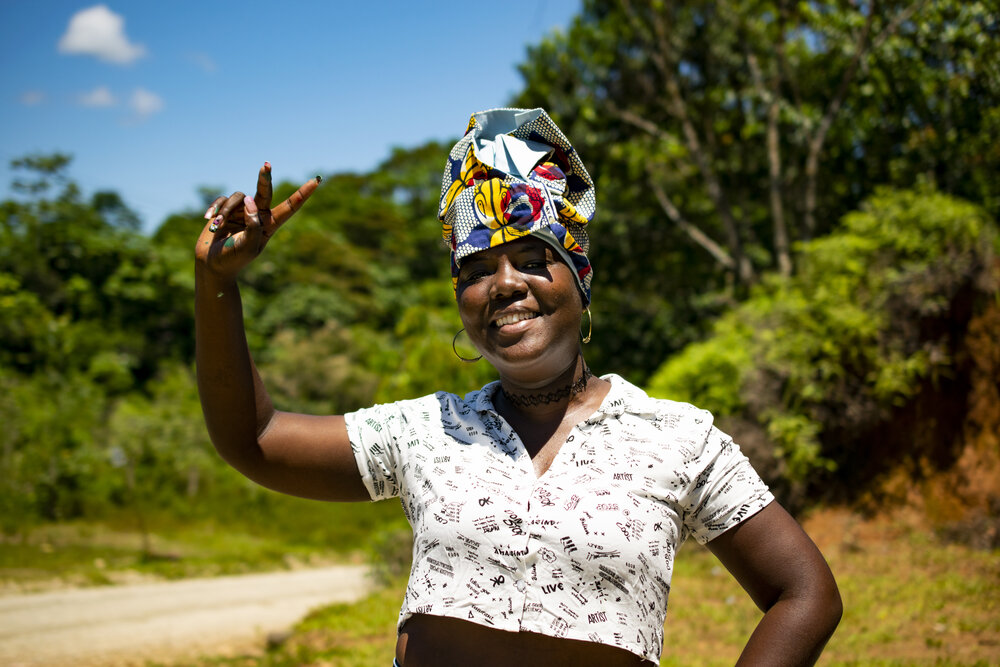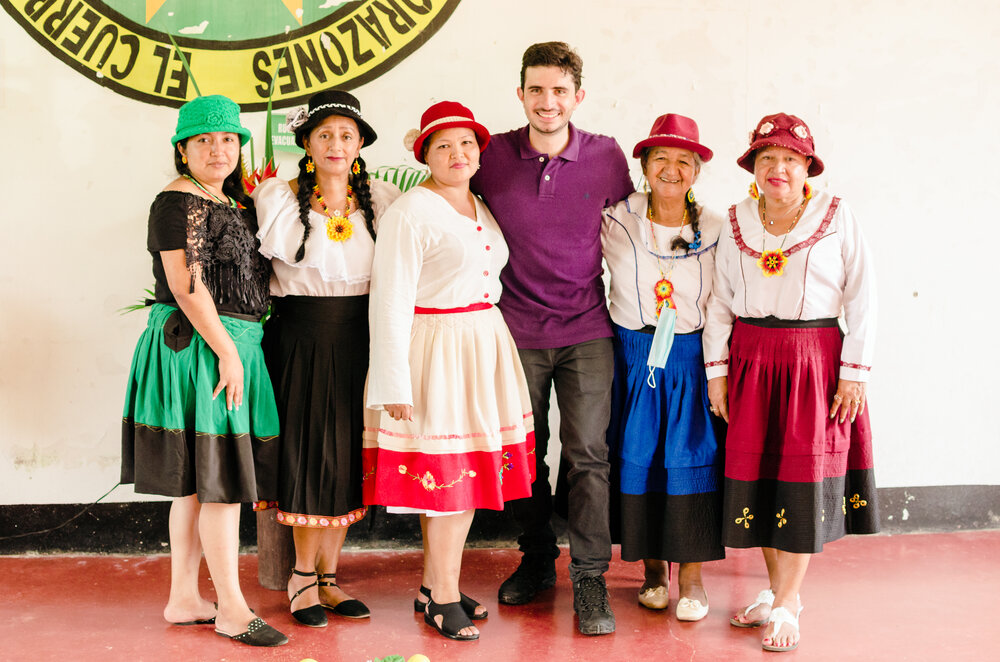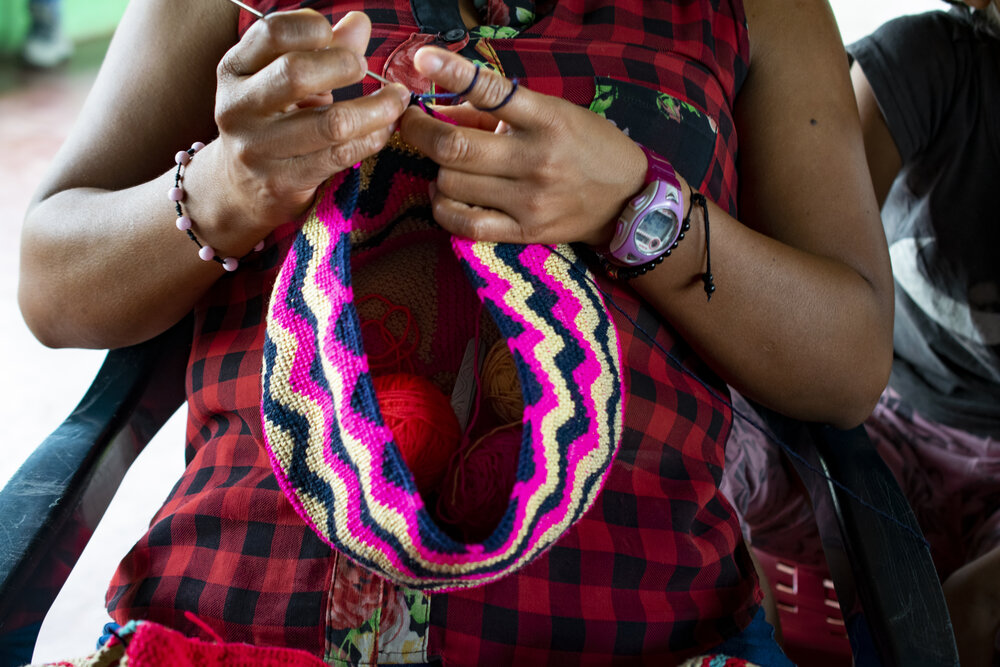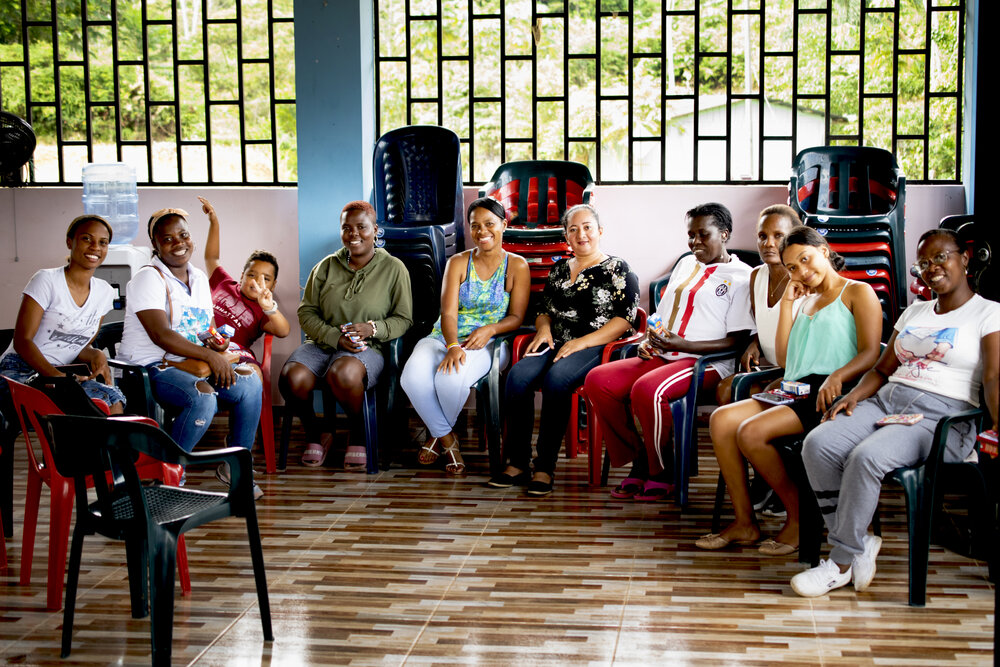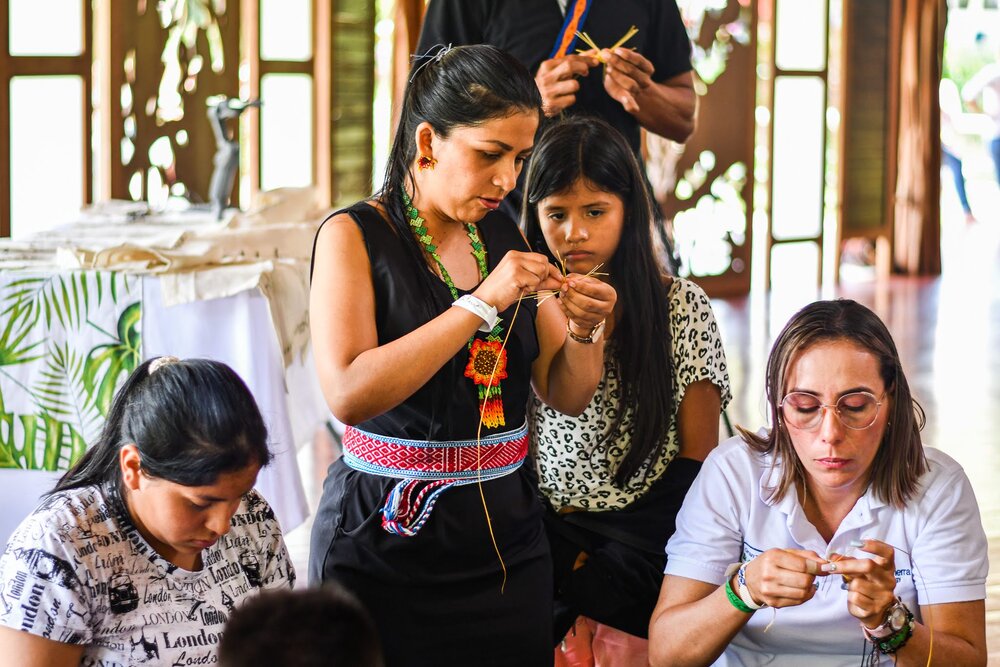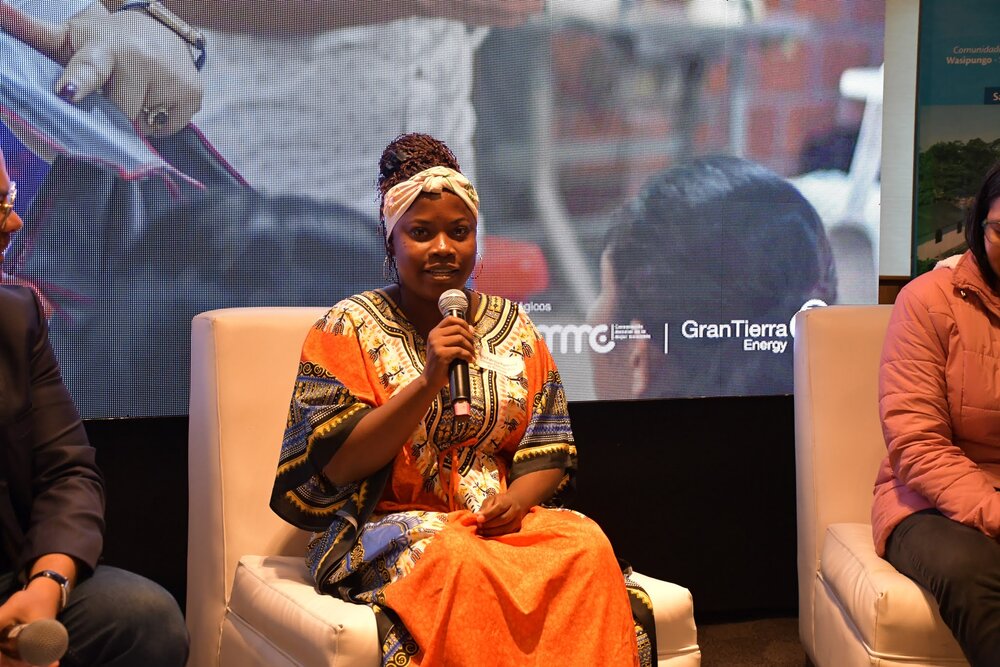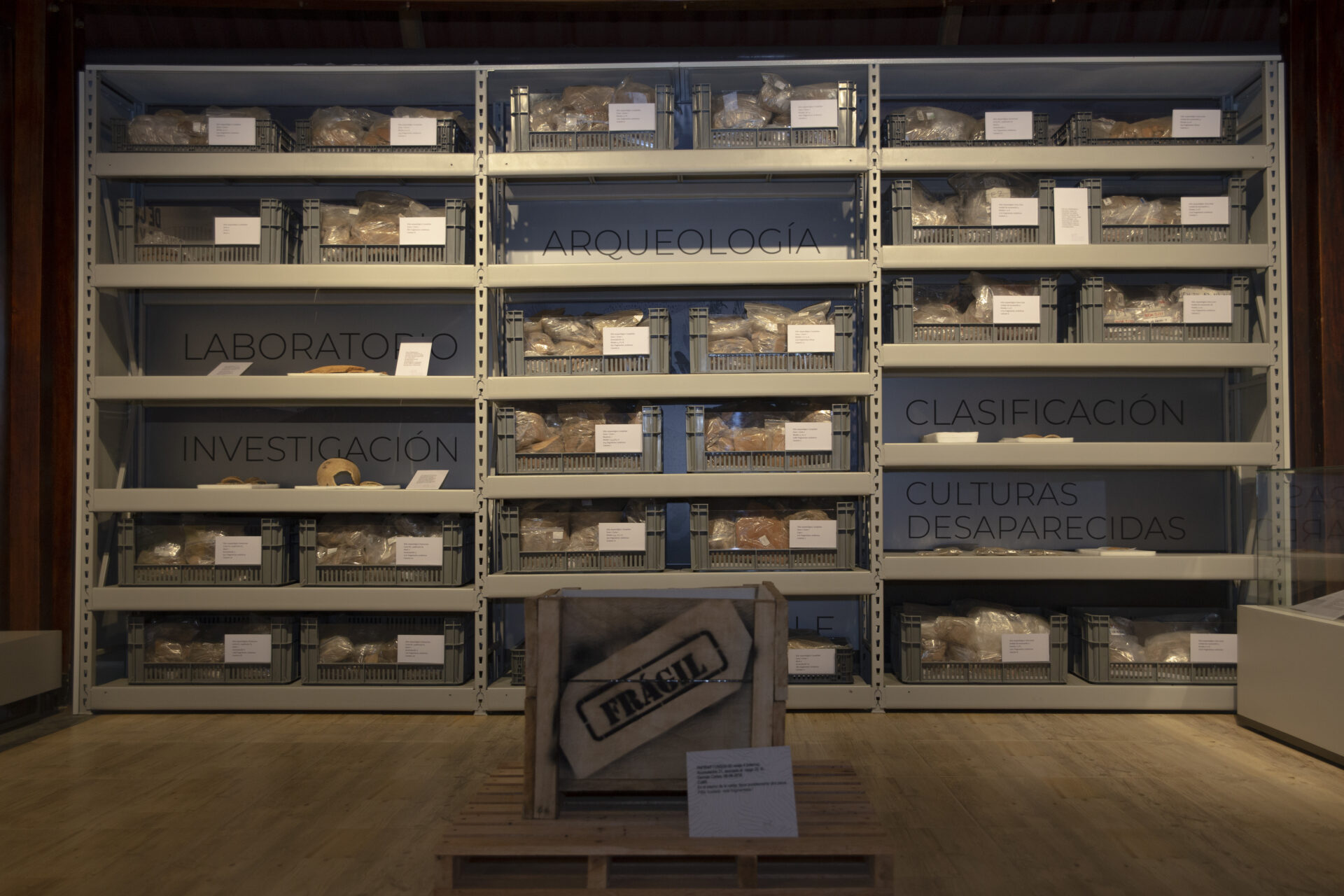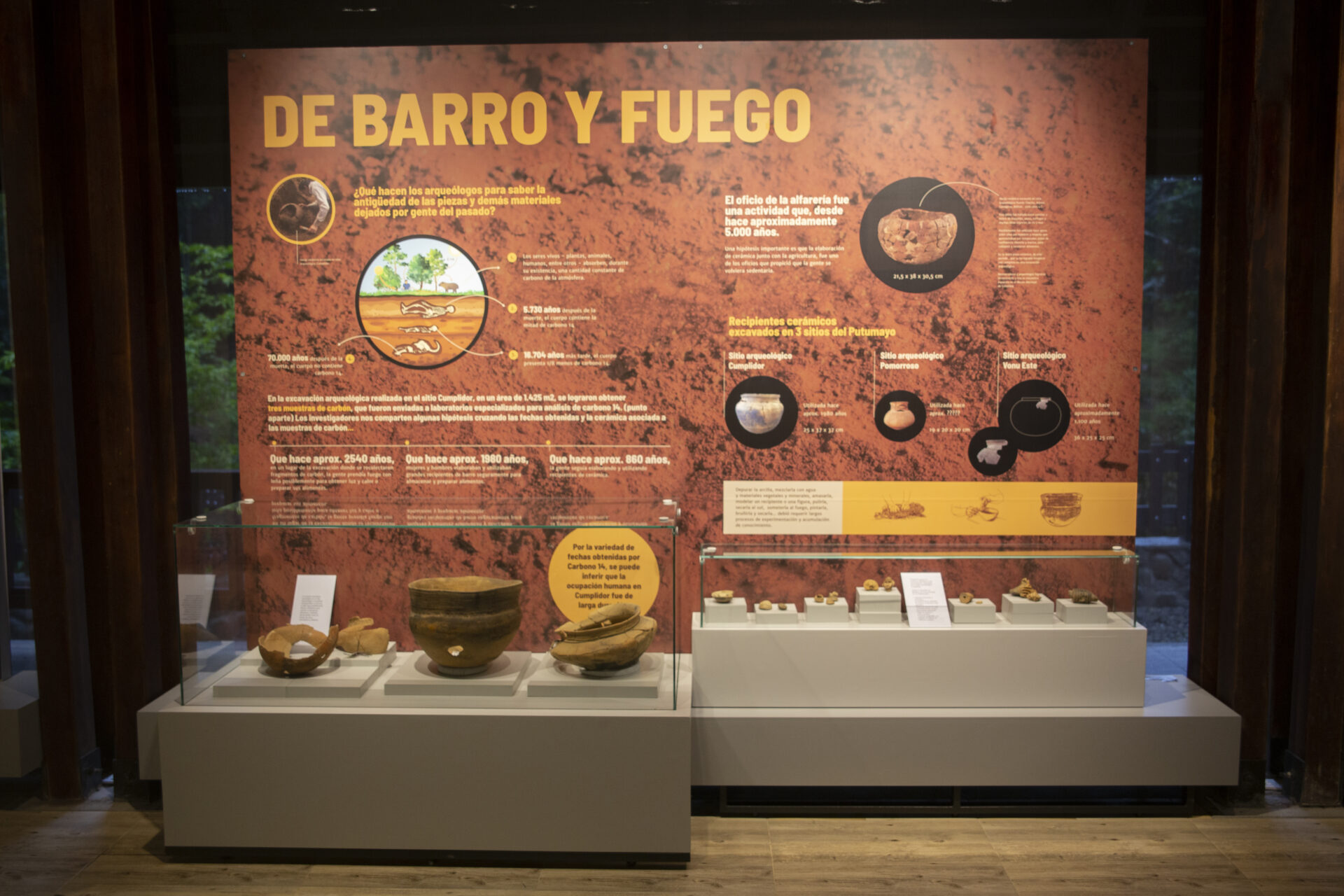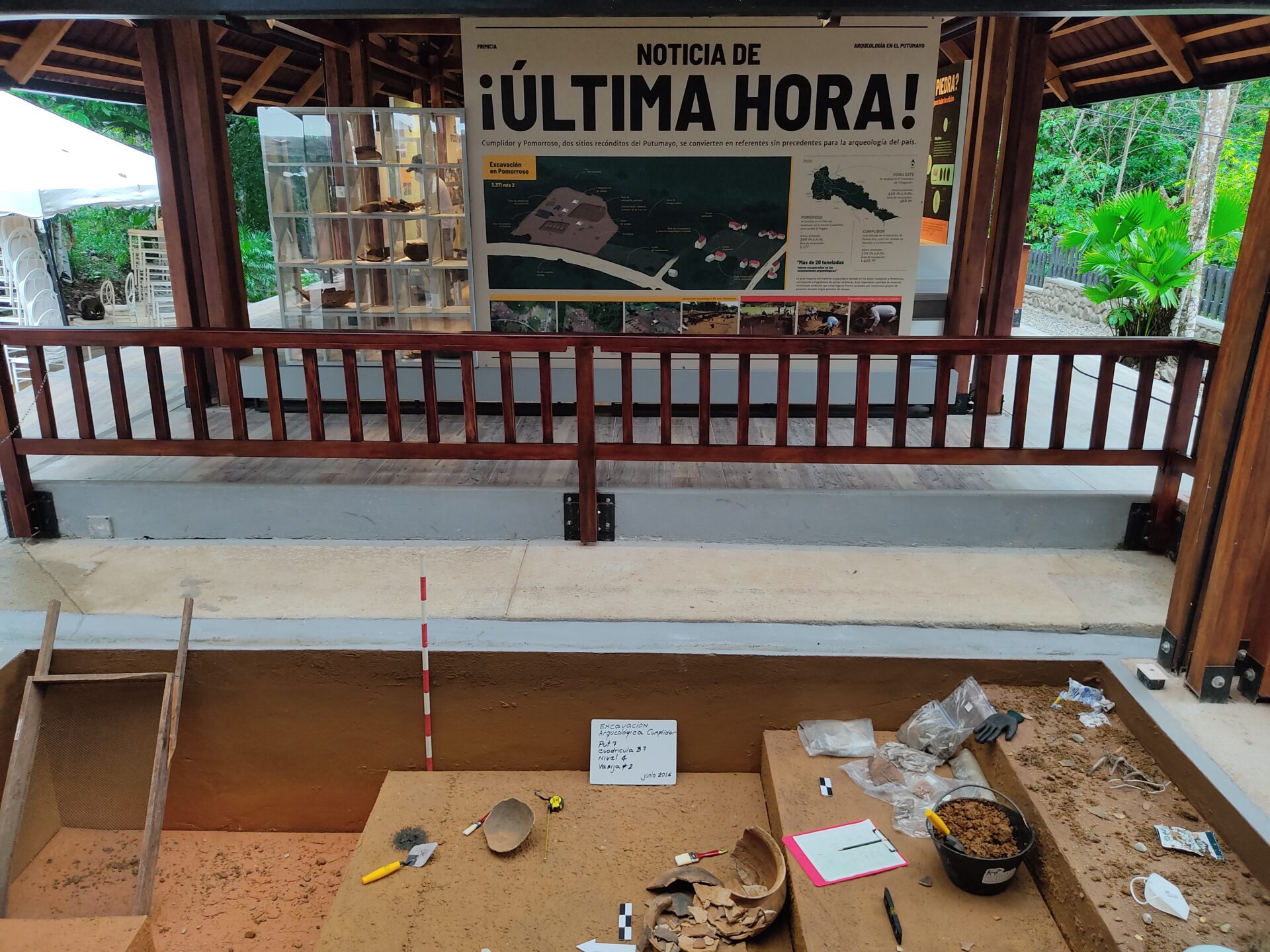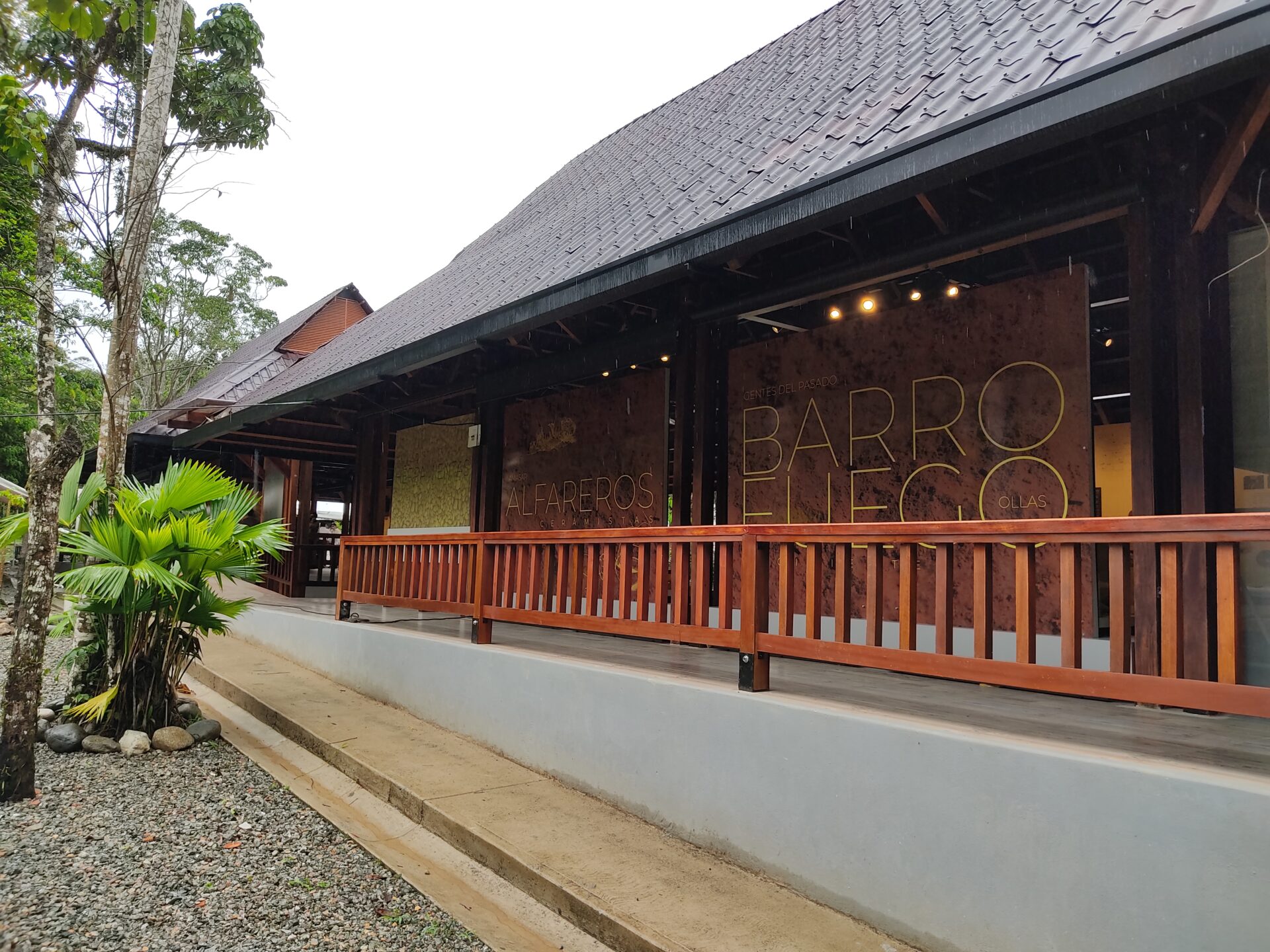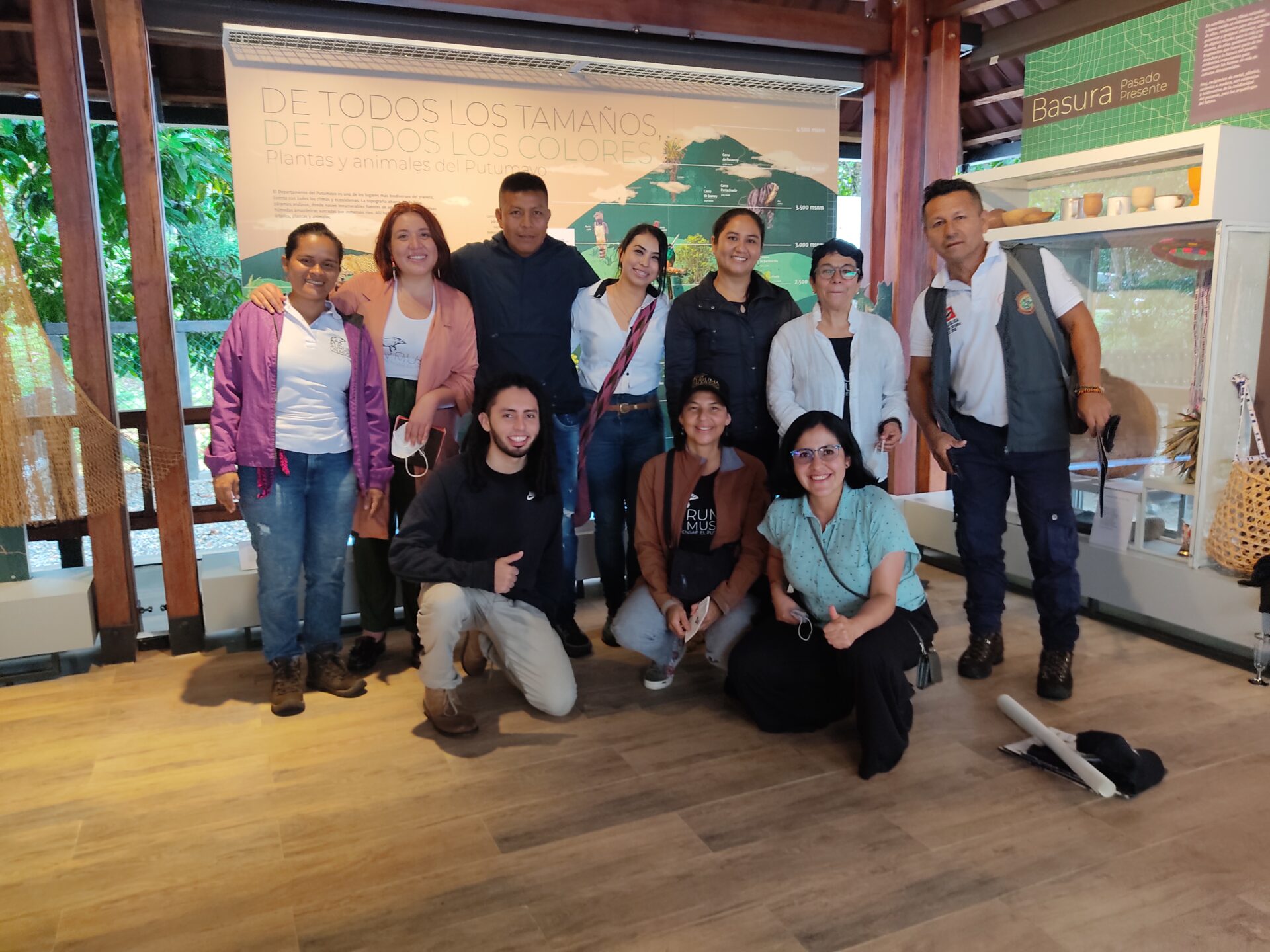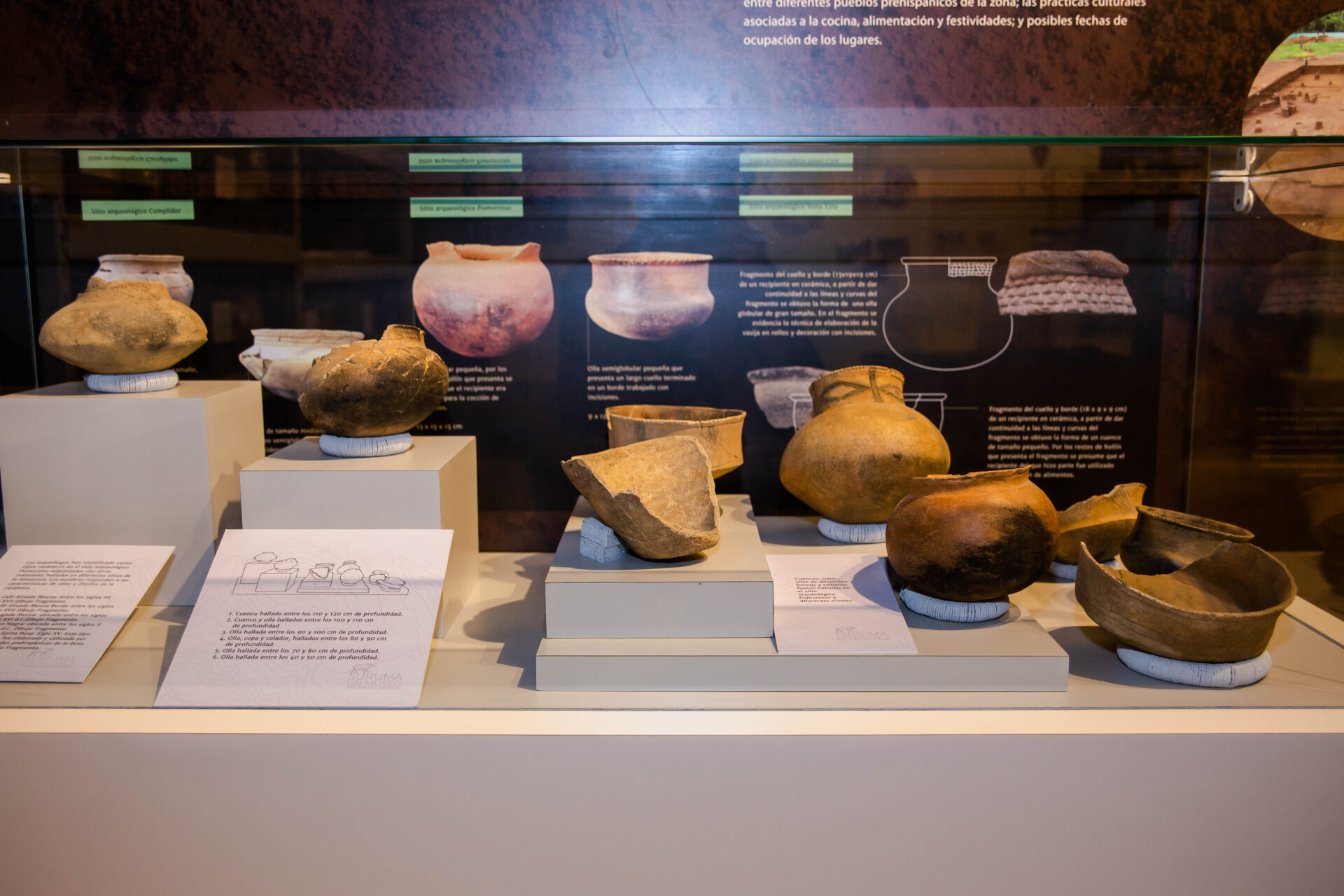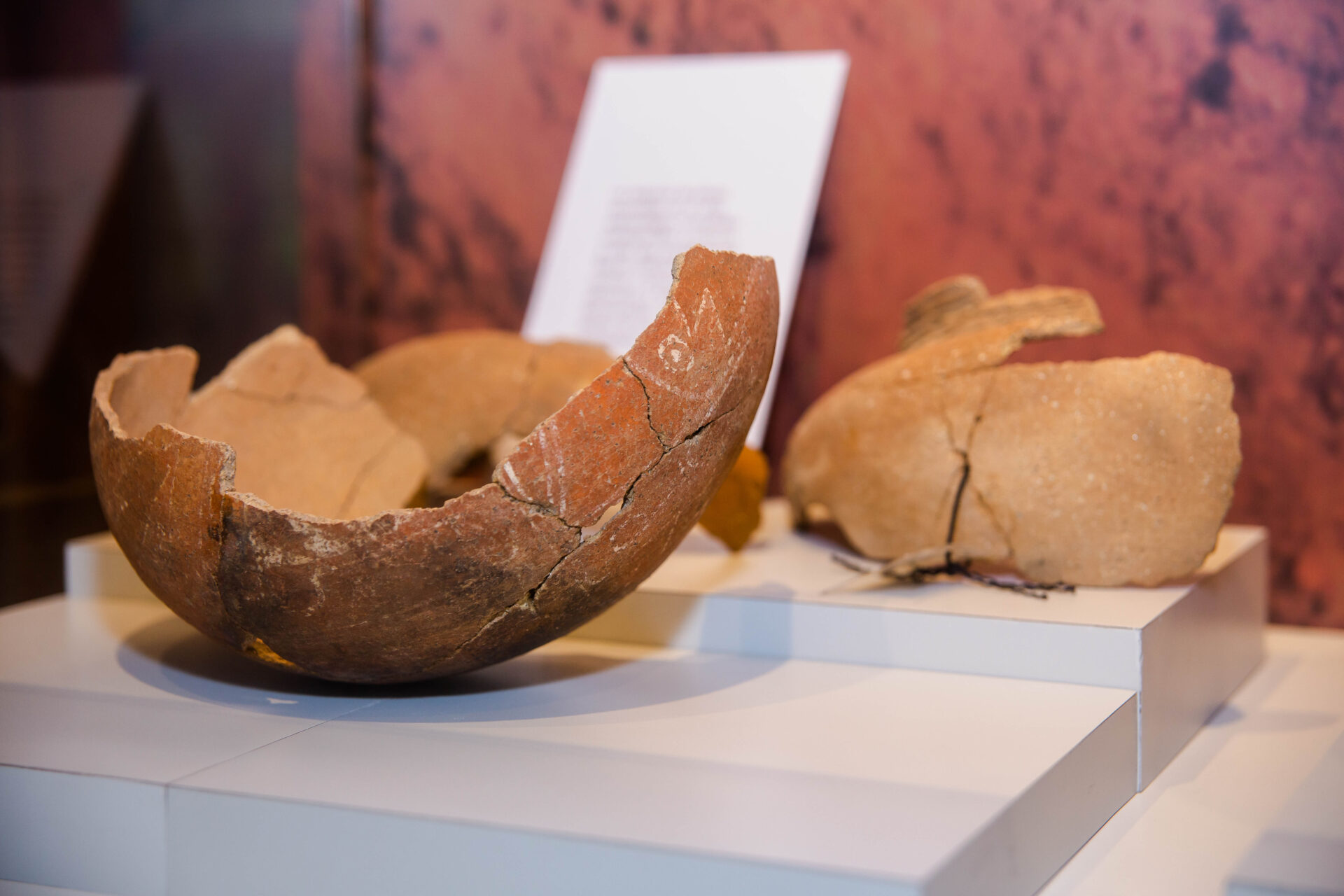Engagement with First Nations peoples in Canada and Indigenous and Afro-descendent populations in Colombia near our operations is an important part of the work we do. Gran Tierra follows all laws and regulations stipulated by the United Nations Human Rights Council’s (UNHRC) Guiding Principles, and Colombian and Ecuadorian Law. At the heart of GTE’s success, building strong relationships is something very simple: respect for and understanding of the communities that it interacts with
Gran Tierra Energy is committed to respecting and promoting the rights of Indigenous peoples in Canada, Colombia, and Ecuador through strong, collaborative relationships based on open communication, respect, and accountability. The Company adheres to Free, Prior, and Informed Consent (FPIC) principles as defined by the United Nations Declaration on the Rights of Indigenous Peoples, ensuring that Indigenous communities have an active role in decisions affecting them. In Colombia, GTE consults with Afro-Colombian, Indigenous, and underserved communities to develop strategies that address project impacts while honouring cultural heritage and local priorities. In Canada, the Company builds respectful relationships with First Nations and Métis communities near its operations, emphasizing transparency and prioritizing the hiring of First Nations contractors.
For more information about GTE’s commitment to learning about its neighbours through listening and dialogue, while also protecting their culture and improving their quality of life, please read the stories below.
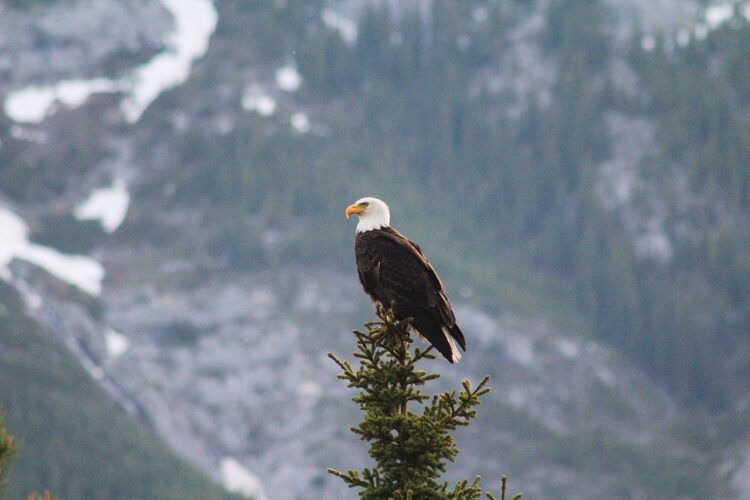
Engagement with First Nations Peoples in Canada
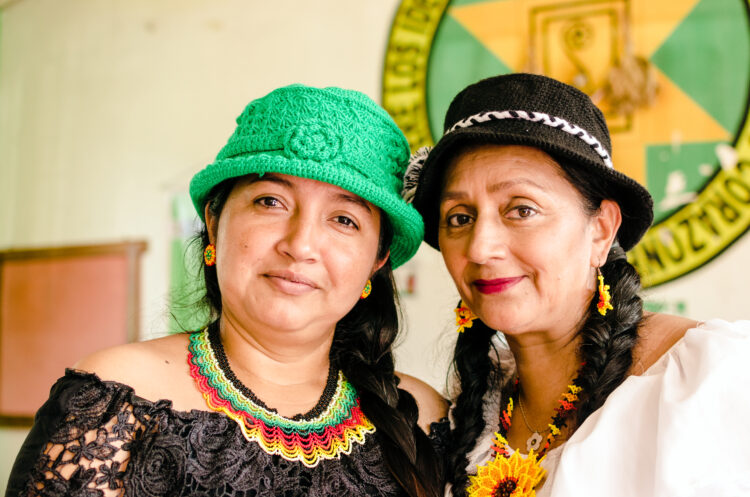
Prior Consultation with Indigenous Groups

Threads of the Earth
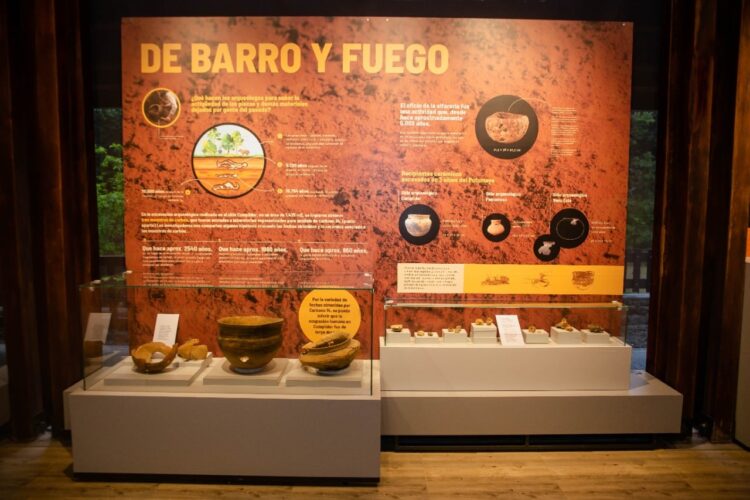
The Suruma Museum
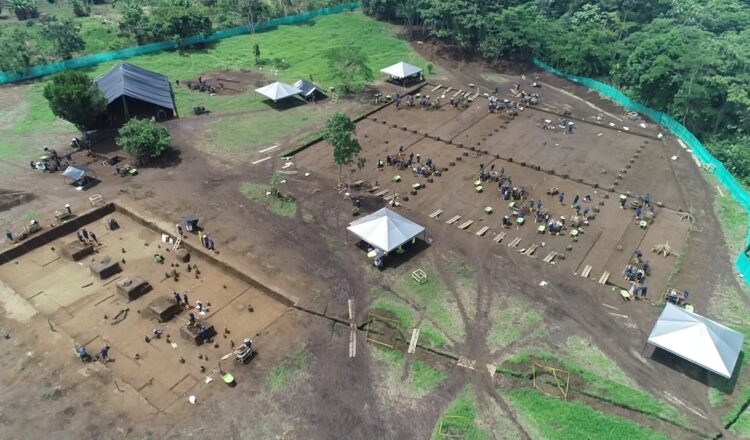
Protecting Colombia’s Archaeological Heritage
SWIPE FOR MORE

Engagement with First Nations Peoples in Canada
GTE’s engagement model in Western Canada is built on the same foundational principles as in the rest of its operations: respect, collaboration, and transparency. The Company recognizes that working with Indigenous Nations requires effective and transparent communication, cooperation, and mutual understanding. GTE’s approach is guided by:
1. Open and Ongoing Dialogue
GTE prioritizes proactive, clear and transparent communication to ensure meaningful consultation and engagement. This includes initiating early discussions, providing regular updates, and responding promptly to questions or concerns.
2. Respect for Rights and Traditions
The Company acknowledges and respects Indigenous rights, cultural heritage, and the significance of Traditional Territories.
3. Economic Participation and Opportunities
GTE supports Indigenous businesses, workforce development, and capacity building by actively integrating local vendors, contractors, and service providers from various First Nation businesses into its projects.
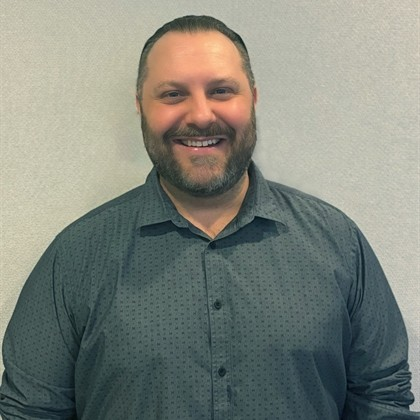
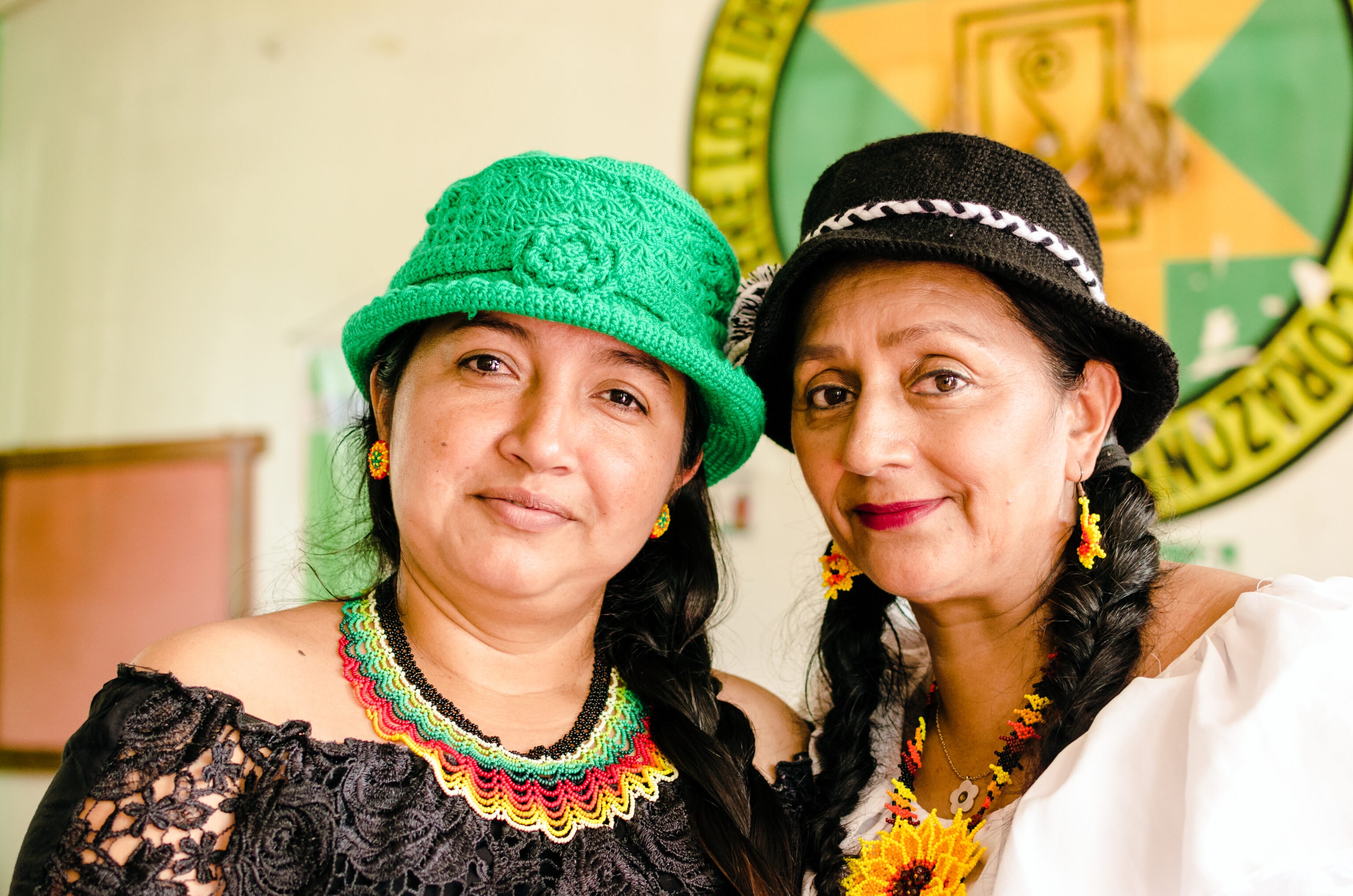
Prior Consultation with Indigenous Groups
Colombia’s Constitution grants Indigenous groups the right to “Free Prior Informed Consultation” or Prior Consultation (PC) before any project is considered near Indigenous land. These communities can be found throughout the country, and there are a number of Indigenous groups and several Afro-Colombian groups in the Putumayo near Gran Tierra’s operations. With its increased exploration and development activities in the Putumayo, many of which interact with these protected communities, GTE has created a department focused solely on the Prior Consultation process.
PC represents a formal process for establishing dialogue between ethnic communities and the Company to ensure they are adequately informed and consulted about company activities; how these activities might interact with and/or impact them; and how any impacts will be mitigated, compensated or prevented. GTE, like other companies in Colombia that participate in the PC process, works with Colombia’s Ministry of the Interior, which follows the formal process and ensures that someone from the ministry or local government are present during each community interaction.
GTE believes that the culture, beliefs, and worldview of Indigenous and ethnic communities offer immense value to society, and Prior Consultations are opportunities to strengthen relationships with these important stakeholders. In 2024, GTE made progress in six Prior Consultation processes, all of which are still ongoing. Since 2016, GTE has initiated 53 Prior Consultation processes, 85% of which resulted in successful agreements.
Furthermore, the Company has several programs designed to support the Indigenous and Afro-descendant population through socio-cultural, social infrastructure and development projects. The Company has also built four ancestral cultural centres for community meetings and activities in order to strengthen the traditions of the Indigenous and Afro-Colombian communities of Orconepul, Alto Orito, Afro Council of Puerto Limón and Martin Luther King.
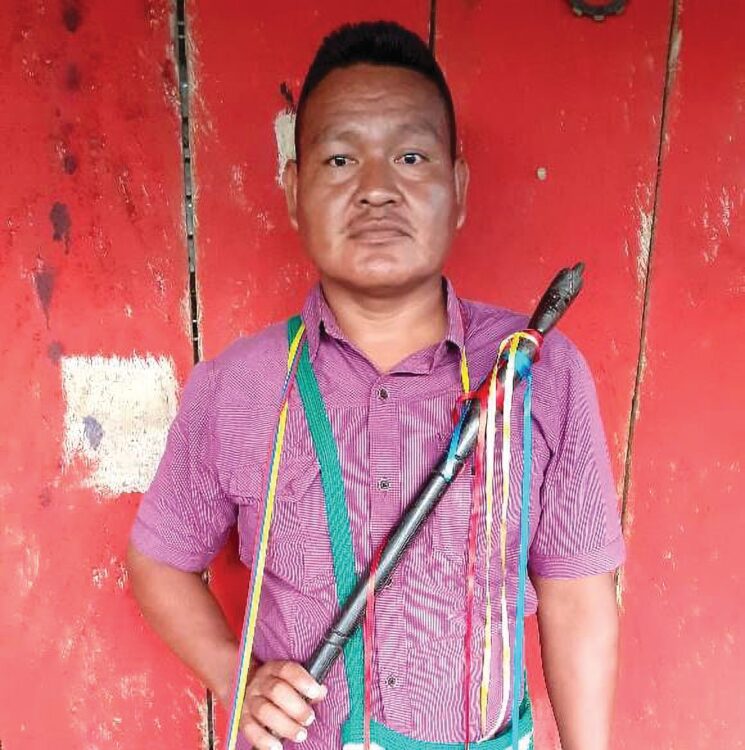
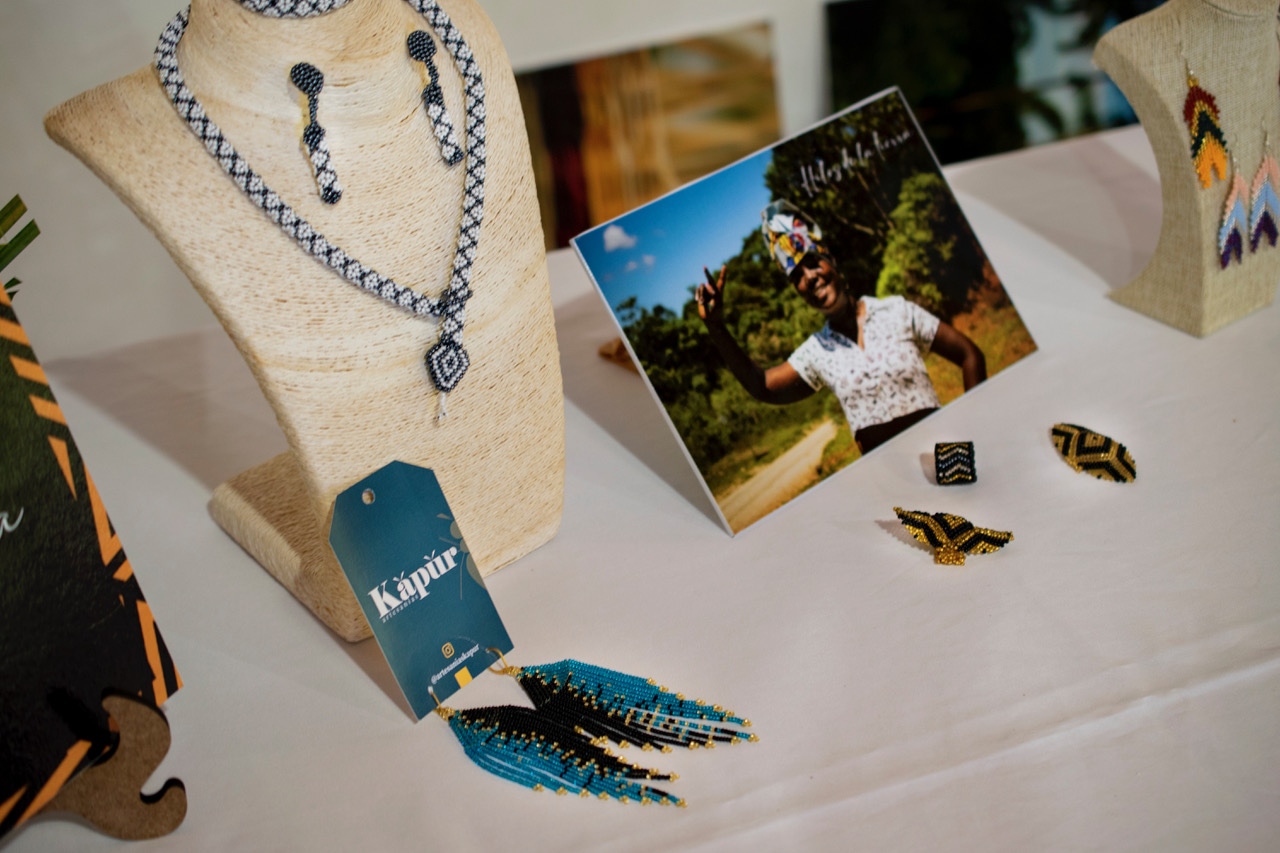
Threads of the Earth
Gran Tierra Energy recognizes the importance of strengthening relations with Indigenous communities living in areas near GTE’s operations. With this in mind, Gran Tierra in partnership with the World Corporation for Women in Colombia (CMMC) created the Hilos de la Tierra (Threads of the Earth) program, which aims to recover ancestral practices through the creation of handcrafted designs using recycled materials as well as innovate with new materials and techniques in design.
In the Putumayo, the program works with artisans and ethnic women’s groups using natural fibers, dyes, seeds and recycled goods to help facilitate the recovery of ancestral practices. In the Middle Magdalena Valley, the program works with vulnerable women dedicated to fashion. The project is aimed at improving the incomes of participants and addresses gender bias in traditional family dynamics with women making up 90% of the participants in 2024.
The handcrafted products reflect the culture, traditional practices, and history from local Indigenous, Afro-Caribbean and rural communities. In 2024, 58% of participants of the program were of Afro-Colombian and Indigenous descent. These traditional artisans preserve their culture through their handcrafted artifacts and share stories about their lived experiences and their territories as a way to inform and educate others.
Gran Tierra’s Hilos de la Tierra program made its return to Expoartesanías 2024, an event that provides our artisans and designers of Putumayo and the Middle Magdalena Valley to join together to present their handcrafted designs. Hilos de la Tierra generated over USD$30,000 in sales alone at this year’s Expoartesanías, with all proceeds benefiting more than 150 artisans from Putumayo, Cesar and Santander. These earnings were made possible by travelling within Colombia to feature their products at various commercial events. The success of these efforts highlights the growing demand for artisanal products and the ongoing support for local entrepreneurs.
In 2023, through this program, participants and renowned Colombian designer Juan Pablo Socarrás, took centre stage on the runway during North America’s third-largest fashion show, Vancouver Fashion Week 2023 to showcase a clothing collection they collaborated on. Three of the artisans were sponsored by GTE to travel to Vancouver, Canada, to participate in the entire fashion week experience. The artisans prepared for the show with Socarrás and his team, observed their work on a major international runway, and connected with international sellers following the show.
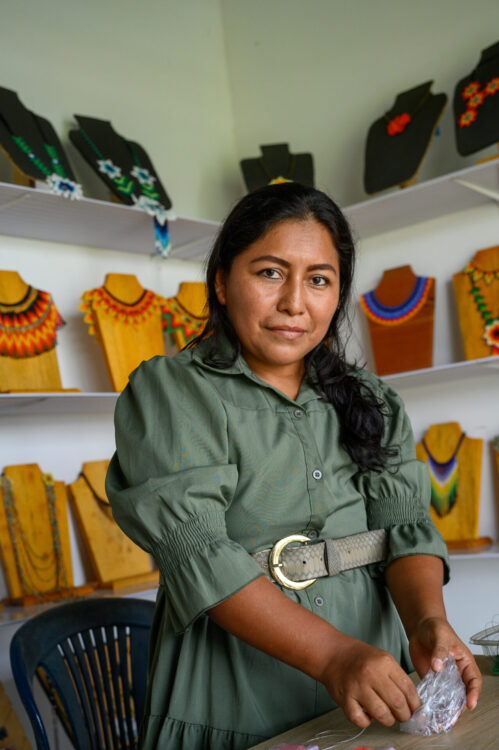
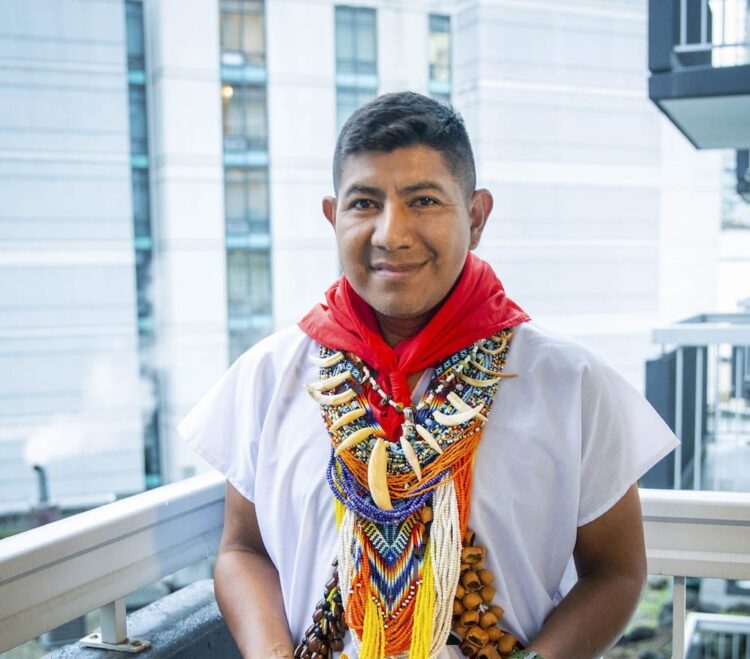
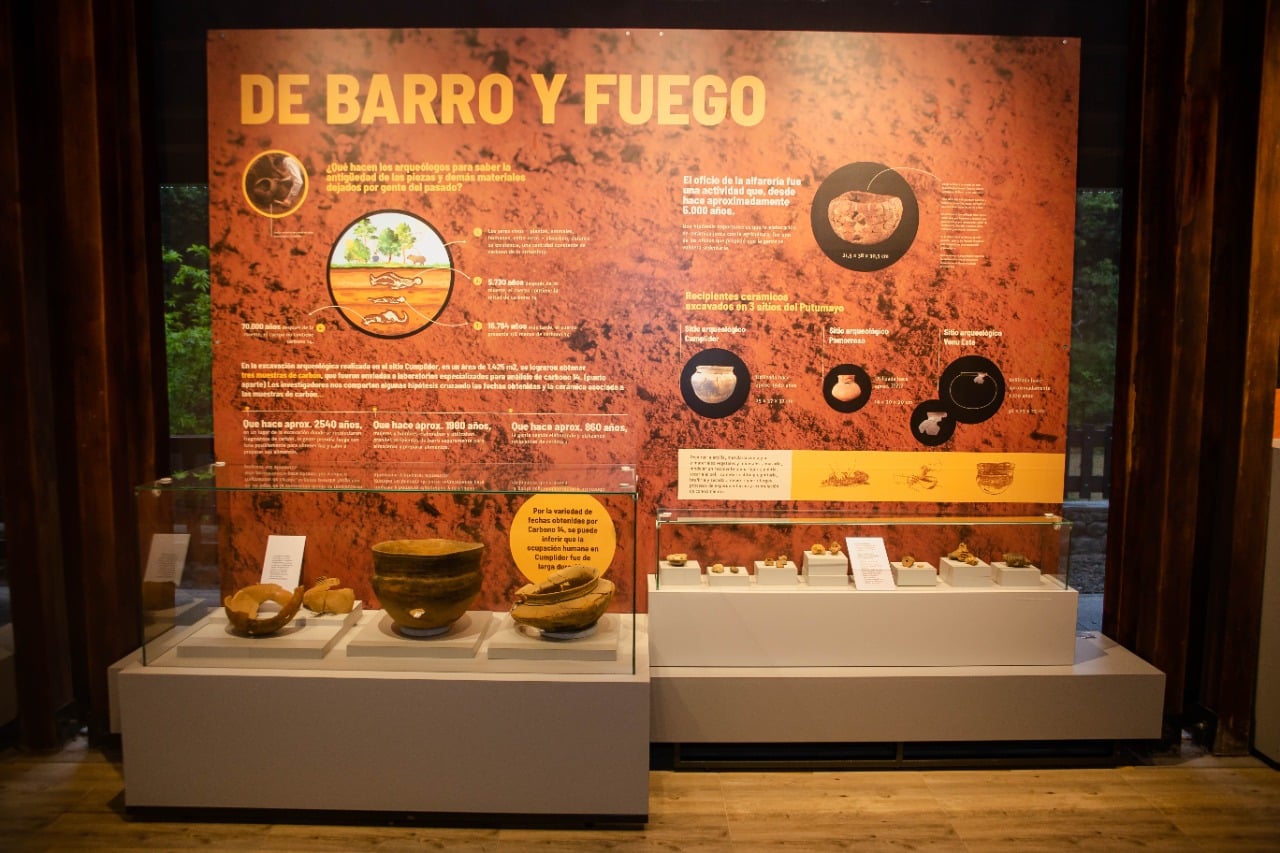
The Suruma Museum
Gran Tierra Energy in partnership with Corpoamazonia and the Colombia Institute of Anthropology and History (ICANH) built and opened, in November 2021, a museum in Putumayo that will serve local communities as a permanent archaeological exhibition.
The Suruma museum is located in the Amazon Experimental Centre (CEA) located near Mocoa, Putumayo and is an educational space to preserve historical artifacts and tell the story of the history and culture of the Putumayo department. There are 15 permanent museum exhibits, distributed in two structures and a central area showcasing the reconstruction of an archaeological excavation area. The museum contributes to the social growth of these territories and their communities by allowing visitors to explore and celebrate the cultural diversity of Putumayo and the Colombian Amazon.
All of the artifacts housed in the Suruma Museum were discovered by Gran Tierra Energy through our archaeological activities in Putumayo. These specific archaeological activities took more than four months of work and during this period of time, 25 archaeologists and 160 local field helpers excavated more than 3,300 square metres.
To date, more than 20 tons of archaeological materials have been recovered and the inventory of the recorded archaeological material is composed of ceramic fragments, lithic artifacts (two carved projectile points), complete pottery pieces, archeological features (coal and fire pits) and a goldsmith’s piece.
In 2024, more than 11,000 people visited the Suruma Museum during its fourth year open. This is the first archaeological museum in Colombia’s Amazon region.
From the beginning, Suruma was designed to also work as a travelling museum that could share its exhibits, culture, and traditions with other communities. In 2024, it was featured at the United Nations Biodiversity Conference of the Parties (COP 16), with support from Colombia’s Ministry of Culture. To help share the museums story more widely, the Colombian Institute of Anthropology and History (ICANH) created a replica with seven different displays. This replica was also shown at the Jorge Garcés Borrero Departmental Library in Cali, where visitors from over 190 countries had the chance to experience it. The exhibit offered a valuable contribution to global conversations about biodiversity conservation and the sustainable use of natural resources.
Last year, the temporary exhibit “People of Putumayo Narrate: Journeys, Exchanges, and Claims” travelled across Colombia, including to the National Museum of Colombia in Bogota and UNESCO-declared World Heritage Site, San Agustín Archaeological Park in the department of Huila.
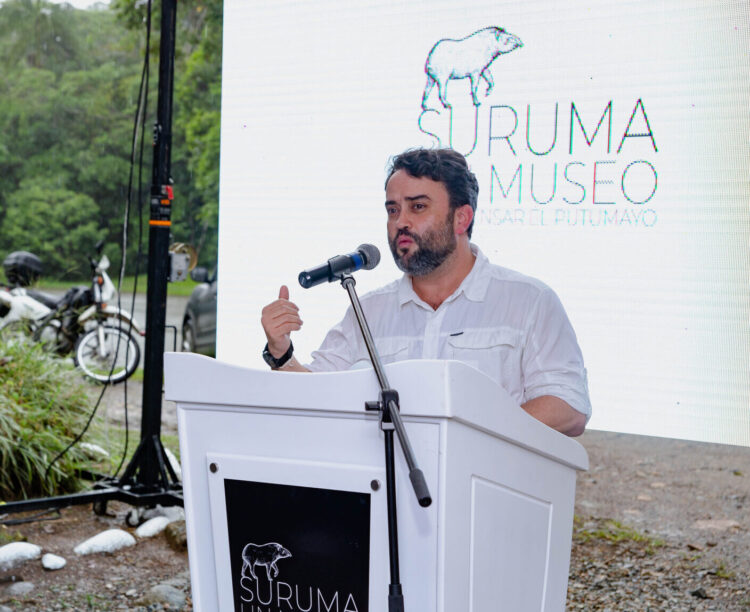
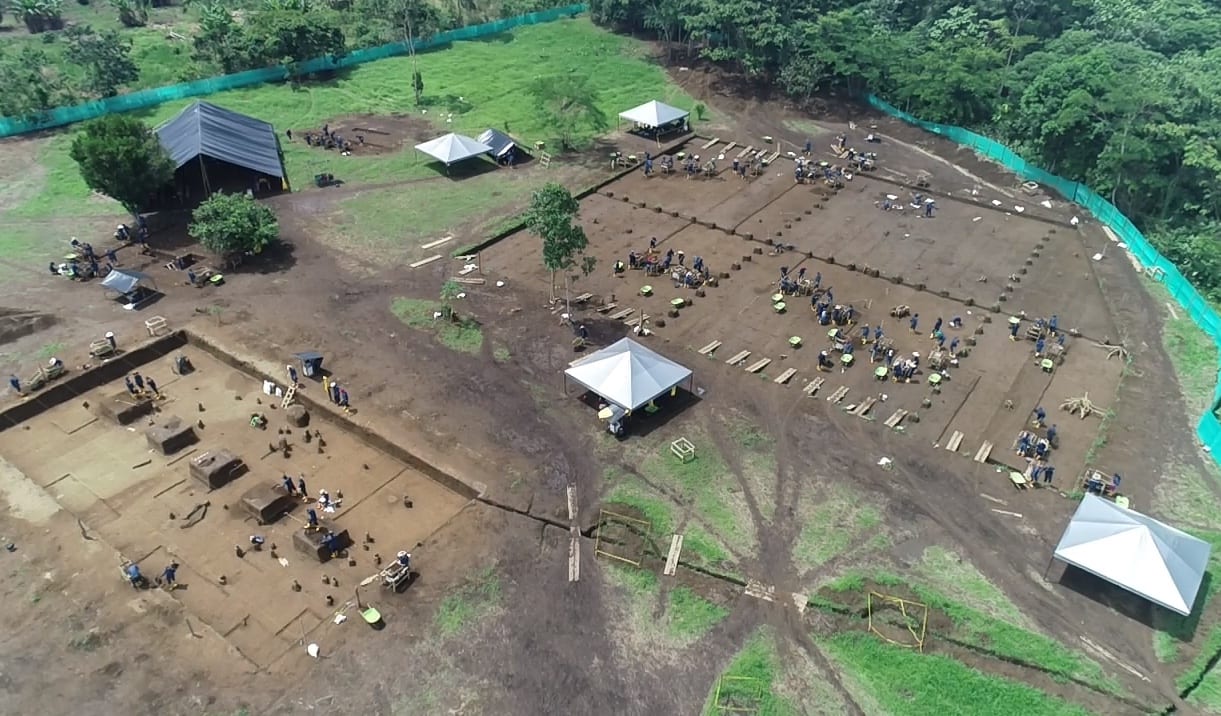
Protecting Colombia’s Archaeological Heritage
As an operator in a country with significant archaeological potential, Gran Tierra implements the Colombian Institute of Anthropology and History’s (ICAHN) Archeology program that guides our projects during the early stages of operations. This allows the Company to identify and plan for the specific archaeological characteristics of the areas where the Company wants to build new civil works or infrastructure. In turn, this helps to assure the protection, conservation and recovery of the country’s archaeological heritage.
Gran Tierra’s Environmental Management Plan, the EMP, calls for the following measures to be taken before any operational development begins:
- Prior to the beginning of excavation in any area that has not been disturbed for the development of well pads or roads, a preliminary assessment of cultural/archaeological values will be conducted by a qualified specialist.
- If significant sites exist or are suspected, appropriate measures to protect or document these sites and recovery of any artifacts is implemented.
- In areas of suspected high archaeological value, a local archaeologist will be employed to provide on-site support in identifying chance discoveries and developing an appropriate approach to avoiding or preserving them.
In addition, as a prerequisite to receiving an environmental license, Colombia authorities require developers to prepare a site-specific archaeological management plan.
